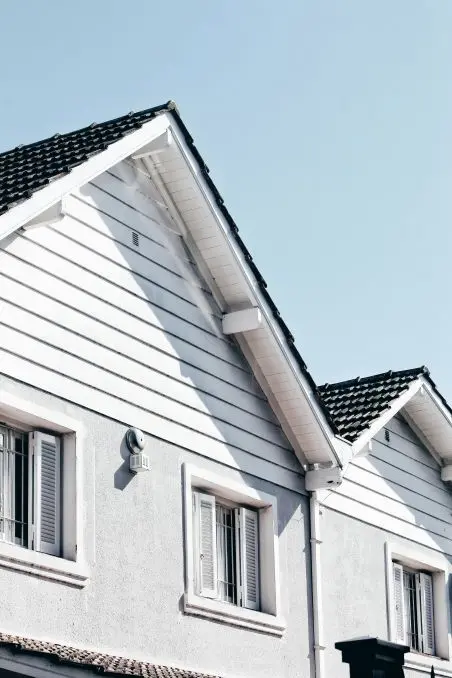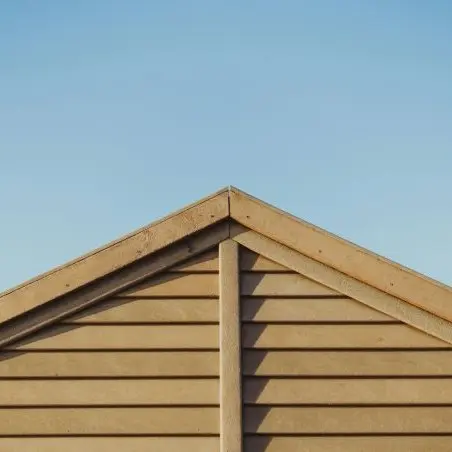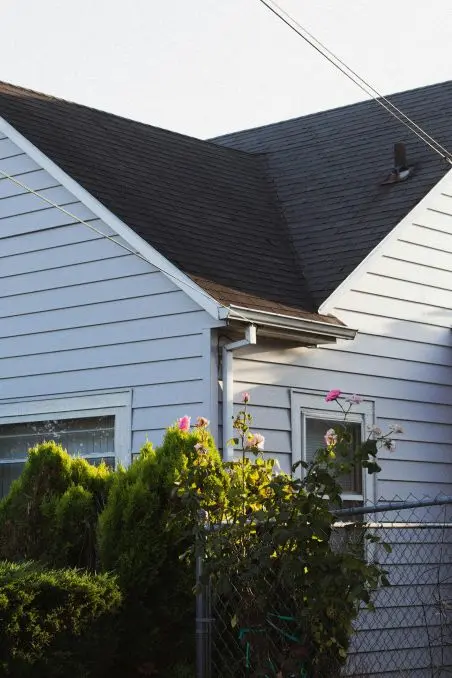Roof Flashing Repair
Small Repairs. Big Protection.
Roof flashing may not be the most visible part of your roof, but it plays one of the most important roles—keeping water out of the most vulnerable areas. When flashing becomes loose, cracked, rusted, or improperly sealed, it can cause serious leaks—even if your shingles are in perfect condition.
At Dallas Roof Repair Co., we help homeowners and business owners get matched with skilled roofers who know how to repair flashing the right way. Whether it’s around chimneys, vents, skylights, or valleys, properly installed flashing ensures your roof stays watertight and weather-resistant.
You don’t need a full roof replacement—just smart, targeted repairs to the problem areas.

What Is Roof Flashing?
Roof flashing is the thin metal material—typically aluminum, galvanized steel, or copper—used to direct water away from seams, joints, and transitions in your roof. These are the places most likely to leak, including:
- Chimney bases
- Skylights
- Roof valleys
- Plumbing vent pipes
- Dormers
- Edges where roof sections meet vertical walls (sidewalls and headwalls)
Without properly installed and sealed flashing, these areas are vulnerable to moisture intrusion, rot, mold, and interior water damage.
Why Flashing Repairs Matter
Even a small gap or crack in flashing can lead to water getting beneath the shingles or behind your siding. Over time, this can cause hidden damage that’s expensive to fix later. Flashing repairs are one of the most cost-effective ways to extend the life of your roof and protect your home.
Common causes of flashing damage:
Flashing problems don’t fix themselves—they slowly get worse. That’s why a timely repair can prevent major water damage inside your home.
Signs You May Need Flashing Repair
You may not always see the flashing itself from the ground, but there are still warning signs you can look out for:
Not sure what you’re seeing? Let us help you find a local pro who can inspect your flashing and give you clear options.

Our Repair-First Approach
At Dallas Roof Repair Co., we’re committed to helping you find local roofing professionals who focus on repairing, not replacing unless absolutely necessary. Flashing is a prime example—many roofing companies push for full replacements when targeted flashing repair will solve the issue.
The contractors we connect you with can:
Common Types of Flashing We Help You Repair
Flashing comes in many forms, each with a specific purpose. The roofers in our network are familiar with all of them and know how to repair them based on material and location.
Chimney Flashing
Protects the base of the chimney where it meets the roof. Includes step flashing, counter flashing, and apron flashing.
Valley Flashing
Channels water off the roof in areas where two roof planes meet.
Vent Pipe Flashing
Seals the area around vent stacks that penetrate the roof.
Skylight Flashing
Channels water off the roof in areas where two roof planes meet.
Wall/Sidewall Flashing
Protects areas where the roof intersects with a vertical wall.
Drip Edge Flashing
Installed at roof edges to prevent water from running back under shingles.

How Flashing Repairs Work
Flashing repair may sound complicated, but for experienced pros, it’s a streamlined process. Here’s what to expect:
Step 1: Inspection
The contractor will inspect visible flashing and may also look inside the attic for signs of leaks or rot.
Step 2: Removal of Roofing Material (If Needed)
In most cases, a few shingles or other roof materials will need to be removed to access the damaged flashing.
Step 3: Flashing Repair or Replacement
Damaged flashing is either resealed, re-secured, or replaced entirely depending on its condition.
Step 4: Re-Sealing
Sealant or caulk is reapplied to ensure a watertight bond. This may include using specialized roofing tape or waterproof membranes.
Step 5: Reinstall Shingles or Materials
Any removed roofing materials are reinstalled, leaving your roof intact and protected.
Why Homeowners Choose Dallas Roof Repair Co.
When flashing issues strike, Dallas homeowners turn to us for smart, repair-focused solutions. Here’s why:
Service Areas in Dallas
- Dallas
- Fort Worth
- Arlington
- Plano
- Irving
- Garland
- Frisco
- McKinney
- Grand Prairie
- Denton
- Mesquite
- Carrollton
- Lewisville
- Richardson
- Allen
Get Matched With a Flashing Repair Pro Today
Leaky roof? Don’t assume you need an expensive replacement. With targeted flashing repair, you can fix the weak points and protect your home—for a fraction of the cost.
Let Dallas Roof Repair Co. help you connect with a local contractor who knows how to fix flashing issues the right way.
